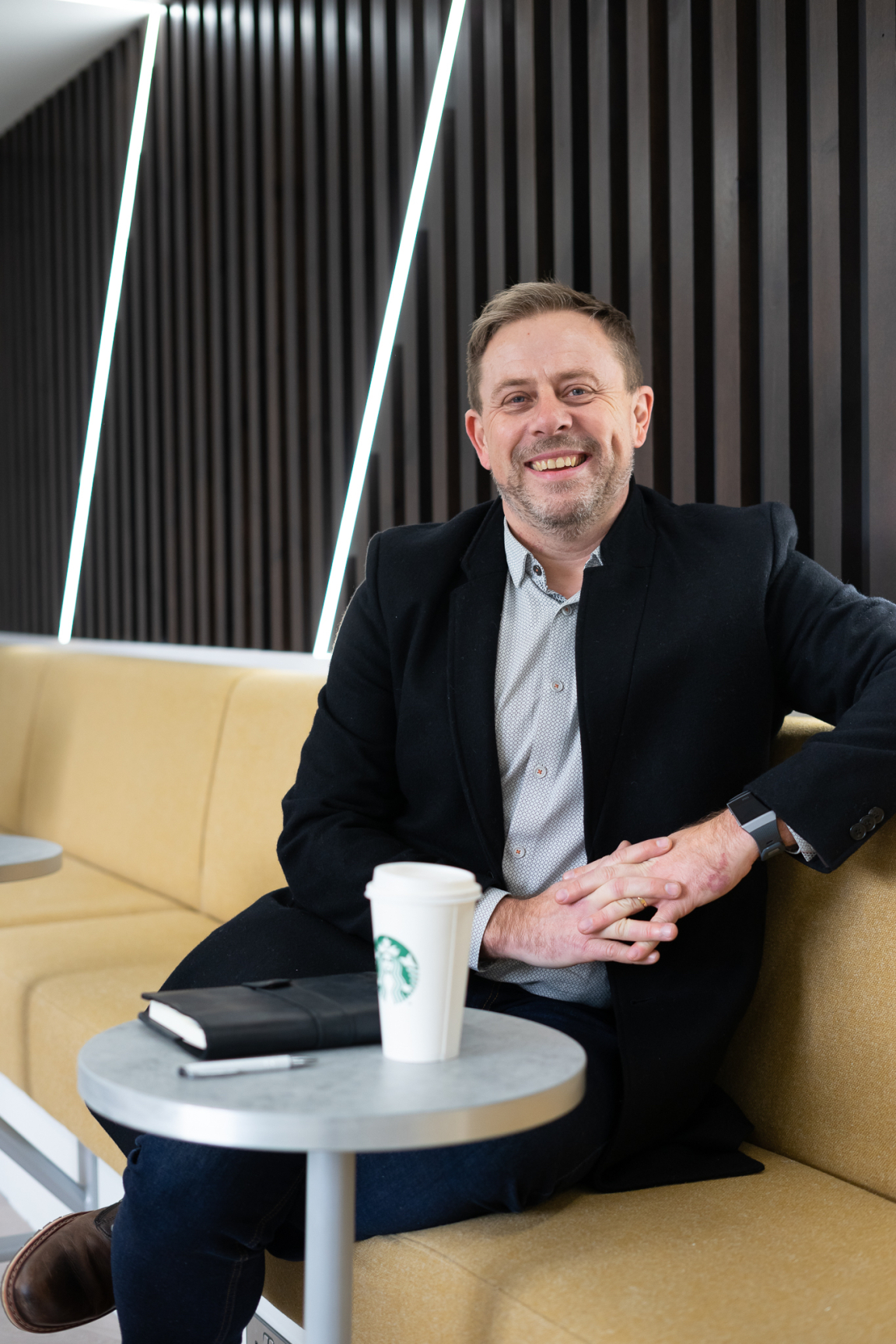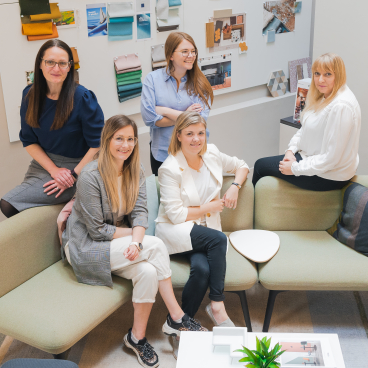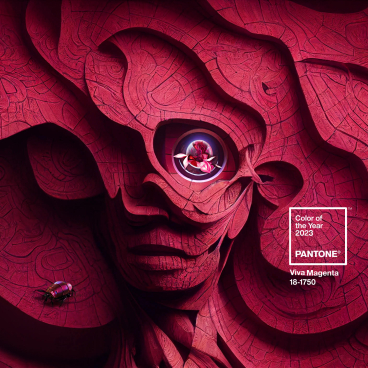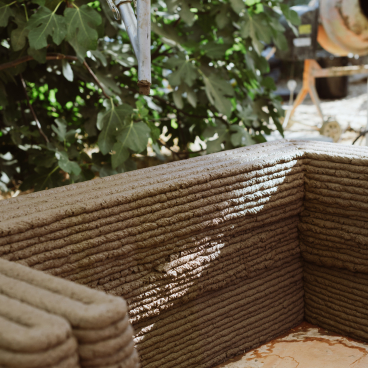Next Generation Conversations: Lee Birchall, DV8 Designs.

Lee Birchall of DV8 Designs talks employing team members based on both adaptability and enthusiasm, as well as a fearlessness on coming up with ideas - no matter how impractical they may seem at first.
Manchester’s skyline is expanding and its creative scene thriving. Post pandemic we have seen a host of new projects unfolding around our powerhouse of a city, with a myriad of meticulous design teams behind each one.
As projects multiply, so may the teams, and so we sat down with some of Manchester’s top interior and architectural design practices to delve into what they value in their team members, and importantly, ask what they seek out in potential new members of their team. We hope these insights can be used as a tool for the next generation of designers to enrich their understanding of skills and experiences they can expand upon and amplify their CV with before entering the big, wide working world.
First up in this series is DV8 Design’s director, Lee Birchall.
What is important to DV8 when viewing work experience and qualifications of potential, recently graduated team members?
“If it’s for a junior designer position, it’s desirable that they have carried out a work placement during their degree or course as it really helps them settle into the working environment and hit the ground running. That’s why we offer students work experience places with us and often they come to us to start a full-time position once graduated, it’s great when this happens as they already know us and how we work and vice versa.
“If it’s for a mid-weight designer, it’s preferred that they have had experience in the sectors we operate; hospitality and commercial, as they have their own factors to consider when designing these spaces. For example, the hospitality sector is very fast paced so we need designers who can work to our client’s timescales so it’s important to recruit team members with this experience so they can service our accounts well and enjoy designing for this sector of course.
“It also helps when specifying for projects that they’ve worked in the relevant sector so they know what materials and products perform well in certain environments i.e. workplace reception seating versus restaurant chairs”.
And how much do hospitality, retail and other similar job roles play a part in transferable skills to DV8?
“They do play a role for sure, it certainly helps when designing spaces if you have been in the shoes of the client/end user/operator and understand what they need and where to make the space operate effectively and profitably.
“So for example, if a designer has worked in a bar/restaurant/coffee shop (which most of us have done as a way to make money when studying!) they understand and have empathy for the importance of a well-positioned back of house area when clearing tables/washing up etc!
“It can also help with transferable communication skills as they are key for a good designer as we manage many stakeholders, suppliers, contractors on multiple projects so they must be an effective communicator and obviously when working in a public facing role such as a coffee shop you need to communicate with your customers”.
Can you tell us what design focuses do you feel are most important to see in a portfolio e.g. sustainability, carbon neutrality, neurodiversity?
“I think we must continue to focus on net carbon schemes where possible. Some of our clients such as Swissport and Greene King both have large estates and want their properties to be operating as sustainably as possible.
“So, it is important our design process aids them with their targets by ensuring as much of the furniture and other specified products being ripped out are being recycled/upcycled. As well as that we specify sustainable products going into the new scheme and we work with contractors who are pushing the green agenda also”.
What inspires you about the next generation of designers?
“Their ability to adapt to the different design genre’s quickly. Enthusiastic approach to every scenario put in front of them. And their ability to blue sky think any problems through & not be afraid to keep coming up with ideas, however impractical at first it may seem”.
How important is an understanding of materials and why?
“It’s crucial to understand the materials we specify as they are our lasting legacy within an environment that we have designed. They must be fit for purpose and aesthetically pleasing to the eye for as long as possible, creating the ambience we’ve designed for our clients and bringing spaces to life.
“As a designer there are many suppliers, ranges and trends available to us and it’s important we keep up to date with what is out in the market place by attending and hosting CPD’s with manufacturers, visiting tradeshows and industry events such as Clerkenwell and the amazing facility at Material Source Studio in Manchester”.





